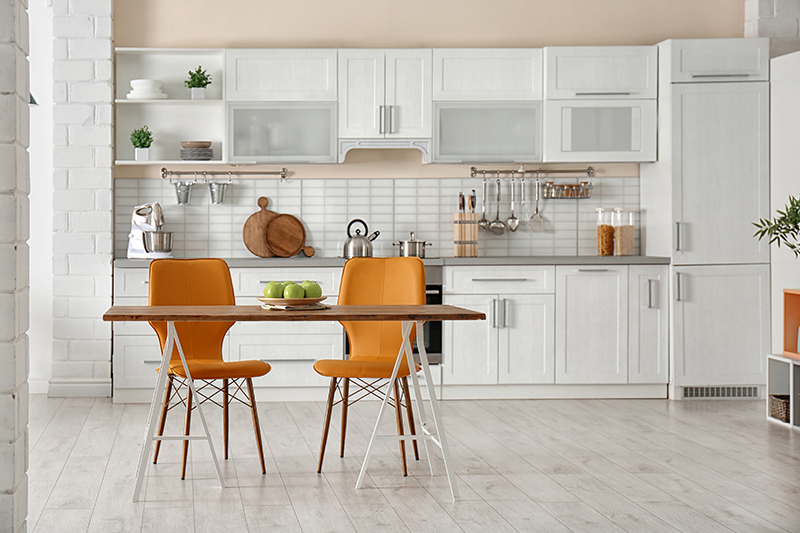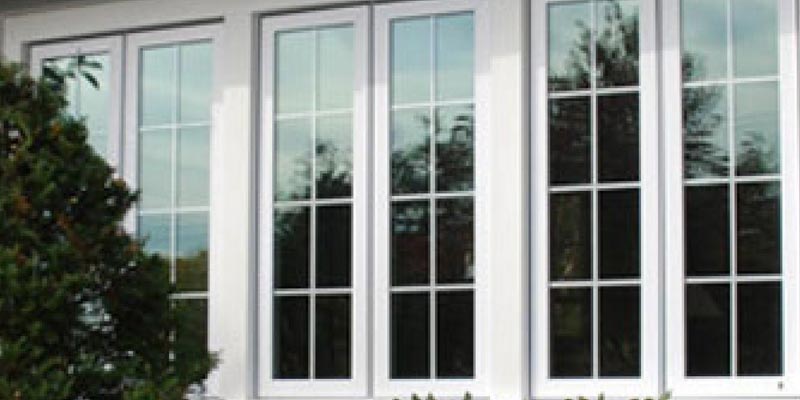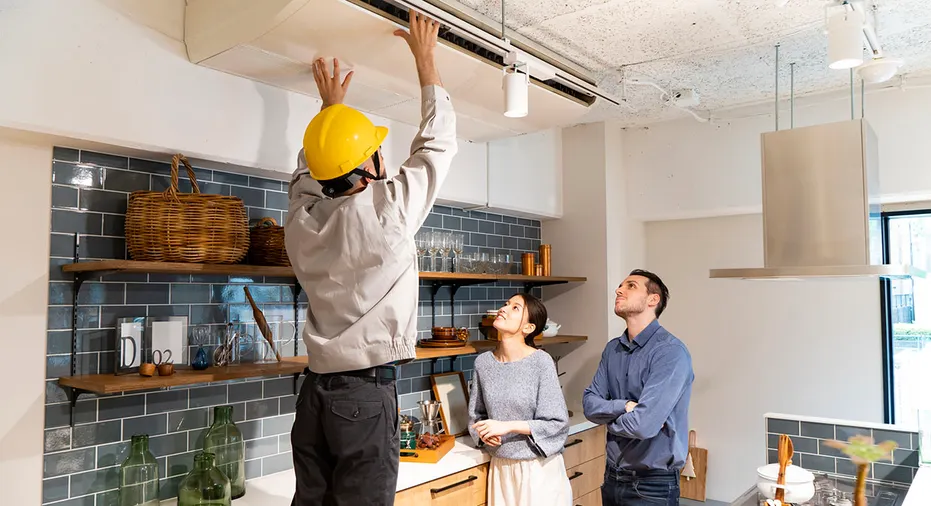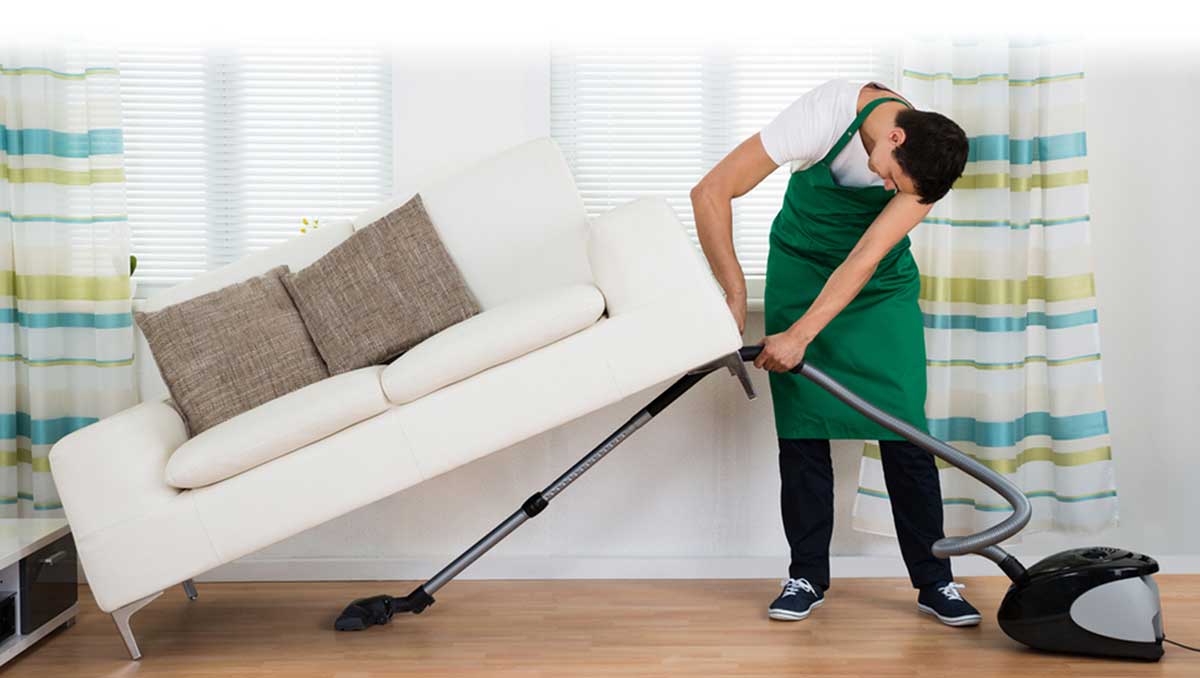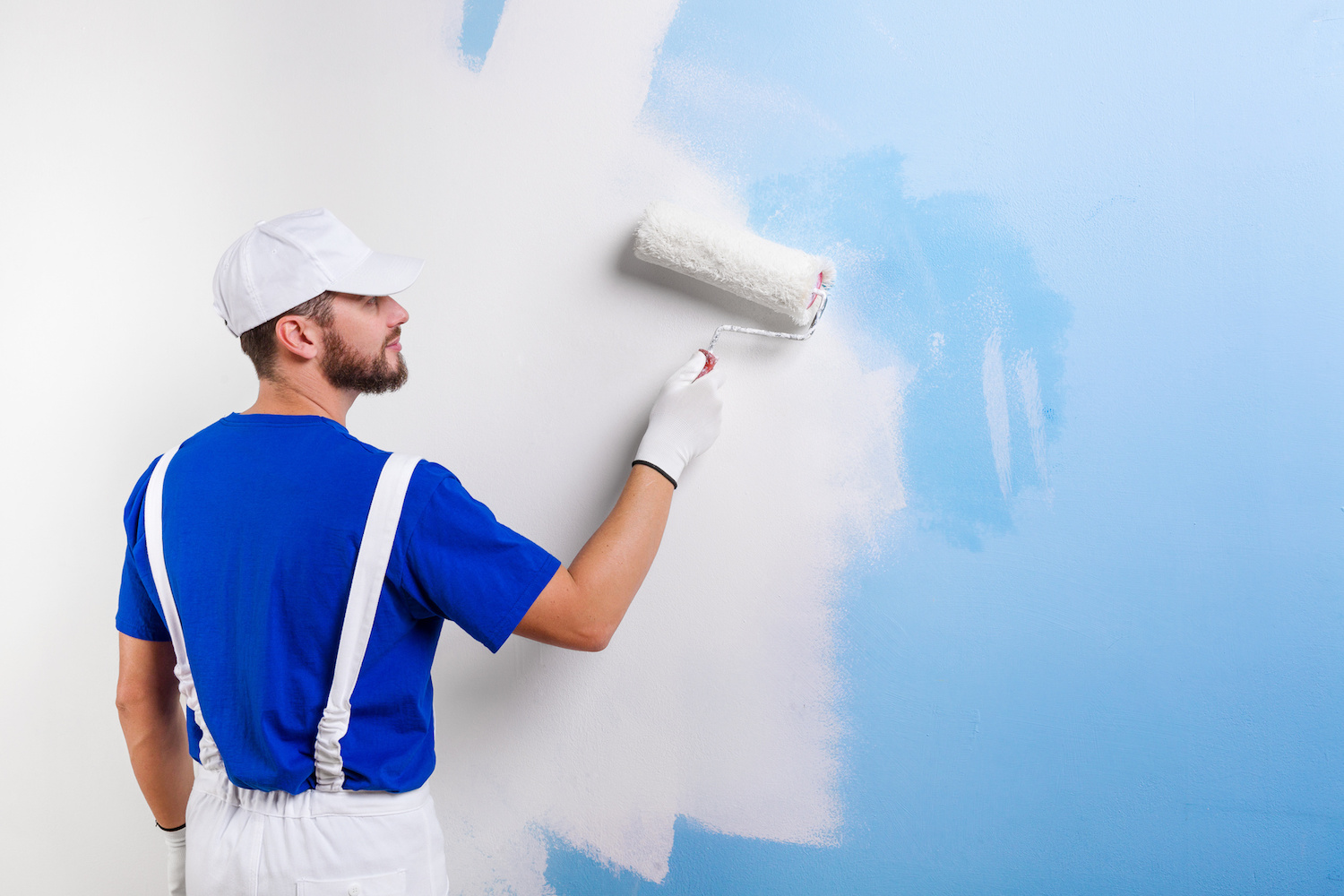The kitchen is undoubtedly the heart of the home, where meals are prepared, memories are shared, and bonds are strengthened. Kitchen cabinets play a vital role in not only providing storage but also enhancing the overall aesthetic appeal of the space. However, like any other component of a house, kitchen cabinets have a lifespan and may eventually need replacement. In this article, we will explore the signs indicating when it’s time to replace your kitchen cabinets, helping you make informed decisions to maintain a functional and beautiful kitchen.
- Physical Damage
One of the most apparent signs that it’s time to replace your kitchen cabinets is significant physical damage. Over the years, cabinets endure wear and tear due to constant usage, exposure to moisture, heat, and grease. Warped or cracked cabinet doors, broken hinges, and chipped surfaces are indications that the cabinets have reached the end of their serviceable life. If the damage is extensive and cannot be repaired satisfactorily, replacement becomes a practical option to maintain a safe and functional kitchen.
- Water Damage and Mold
Water damage is a common issue in kitchens, especially near sinks and faucets. Leaky plumbing or spills that go unnoticed can lead to serious problems, such as mold growth and wood rot. Once mold sets in, it becomes challenging to eradicate fully and poses health risks. If you notice signs of water damage, mold growth, or soft spots in your kitchen cabinets, it’s time to consider replacing them to prevent further damage and ensure a healthy kitchen environment.
- Outdated Design and Functionality
The kitchen is a space where design trends evolve rapidly, and what was stylish a decade ago may appear outdated now. If your kitchen cabinets have an old-fashioned design that no longer complements your overall kitchen theme, it might be time to upgrade to a more contemporary style. Moreover, functionality plays a crucial role in the usability of your kitchen. If your cabinets lack practical storage solutions, organization options, or space-saving features, replacing them can significantly improve your kitchen’s efficiency.
- Soft Closing Mechanism Failure
Modern kitchen cabinets often come equipped with soft-closing mechanisms that prevent doors and drawers from slamming shut. These mechanisms rely on hydraulic hinges or drawer slides that can wear out over time due to frequent use. If you notice your cabinets no longer close gently and quietly, or if they slam shut on their own, it could be a sign that the hardware needs replacement. Rather than replacing just the hardware, upgrading to new cabinets with improved soft-closing mechanisms may be a more worthwhile investment.
- Foul Odors and Persistent Stains
Kitchen cabinets are susceptible to absorbing odors and stains, especially if they are made from porous materials or have damaged surfaces. Lingering unpleasant smells or persistent stains that resist cleaning efforts can be indicators of deeper issues. Replacing your cabinets can provide a fresh start and eliminate the sources of these problems, ensuring a clean and hygienic kitchen environment.
Conclusion
Kitchen cabinets are an integral part of any functional and visually appealing kitchen. When considering whether to replace your kitchen cabinets, look out for signs of physical damage, water damage, mold growth, outdated design, and functionality issues. Additionally, if the soft-closing mechanism fails or persistent stains and odors become a concern, replacing the cabinets can be the best course of action. While it might seem like a significant investment, updated and well-maintained kitchen cabinets can enhance your daily cooking experience and add value to your home in the long run. Consult with a professional contractor or kitchen designer to find the best solutions that suit your needs, style, and budget.








